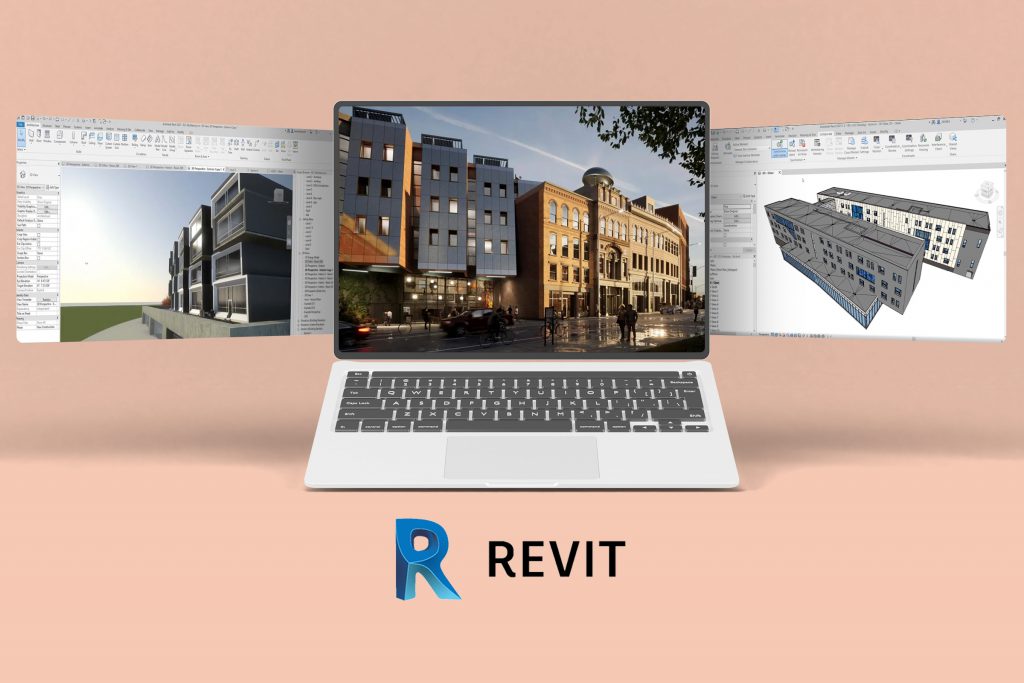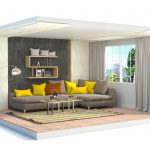Revit is a valuable building information modeling (BIM) software in the architecture, engineering, and construction (AEC) industries. It’s one of the most popular programs for 3D design, building, and modeling, and it’s highly used in the field of structural design, as well. You should choose Revit in structural design because it’s equipped with powerful tools specifically developed for the domain, allowing users to create precise and detailed structural models, including complex structures.
Hire a Revit designer from Guru to help you leverage these features and maximize the benefits of the software; that way, you can always be sure that you’re delivering high-quality outputs for your clients.
Revit in Structural Design
Revit allows structural designers and engineers to build 3D models of buildings and infrastructure with high levels of accuracy. It can be used to produce precise visual representations, provide detailed documentation, perform structural analysis, and collaborate with AEC professionals, clients, and other stakeholders on the project. It also makes the structural design and engineering process much more streamlined, making it a mainstay in the industry.
Capabilities of Revit in Structural Design
Here are some of the unique capabilities of Revit that make it suited for structural design:
Reinforcement Modeling
Revit allows users to model 3D concrete reinforcement and designs, reinforcing precast or cast-in-place concrete objects that can be used in 3D, 2D, and sheet views. Any reinforced objects like fabric sheets and rebar will retain their dependencies and are updated even when the model is changed, which helps meet local building requirements. Structural designers and engineers can draft in-depth reinforcements with all details–from positions to bending schedules–included.
Smart Models with Parametrics
The parametric capabilities of Revit are particularly useful for structural designers as it enables them to create dependencies between different data sets, allowing them to optimize processes, save time, and reduce risk. Models built with the software come with a full set of parameters that can be updated and modified, integrating vital data for accessible project files.
Bidirectional Modeling Views
Apart from the ability to create complex 3D models, Revit lets structural designers work with bidirectional views that work with the same data set and are stored in the same file. That means that any changes are instantly updated. By adding 2D elements and dimensions, these views are improved and optimized, minimizing errors and scheduling issues.
Localized Templates and Libraries
Structural designers work within different standards and regulations, and Revit makes compliance easier with localized libraries of country-specific industry standards and model templates.
Design Documentation
Revit makes it easy to accurately document projects of steel and concrete designs in detail, making it easier to cascade projects to other AEC professionals. This is also one of the key points that answer the question, “why is Revit important to interior design?”
Structural Analysis
Revit comes with tools that let structural designers perform structural analysis and export this data to other applications with the analytical model—all while still working on the physical iteration in Revit. The software also comes with collaboration features that make it easy to exchange feedback in real-time.
Multidisciplinary Collaboration
Revit offers integrated workflows that ensure that no data is lost and errors are kept at a minimum in all projects. Users can share and forward data to other team members automatically, enabling real-time feedback and immediate revisions.
What Is a Revit Designer?
A Revit designer is a professional with knowledge and a background in AEC industries and has the skills and technical know-how to operate Revit and use its tools to deliver high-quality project outputs based on client briefs. They’re an essential part of any team working in related fields.
Why Hire a Revit Designer
A Revit designer is an expert in using BIM software and can provide valuable insights and guidance on building models and optimizing designs for efficiency, safety, and cost-effectiveness. They can ensure that briefs are followed and that outputs are accurate, precise, and consistent with designs. They’re also skilled in customizing outputs based on unique needs and preferences, and they possess the ability to analyze and fix their work to ensure top-notch quality in every delivery.
Freelance Revit Designers on Guru
Choosing the right Revit designer who can work on structural design projects is essential to ensuring that the models built are safe, compliant, and high-quality. If you’re looking to hire a freelance Revit designer, Guru has a variety of vetted professionals who can work with you–you can find interested applicants quickly and hire them in just a few clicks!



